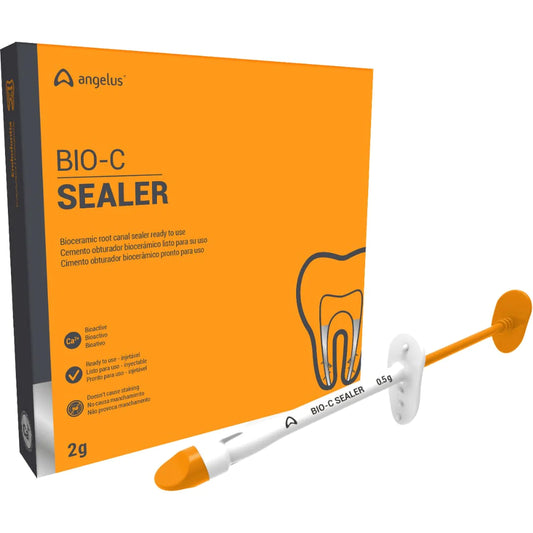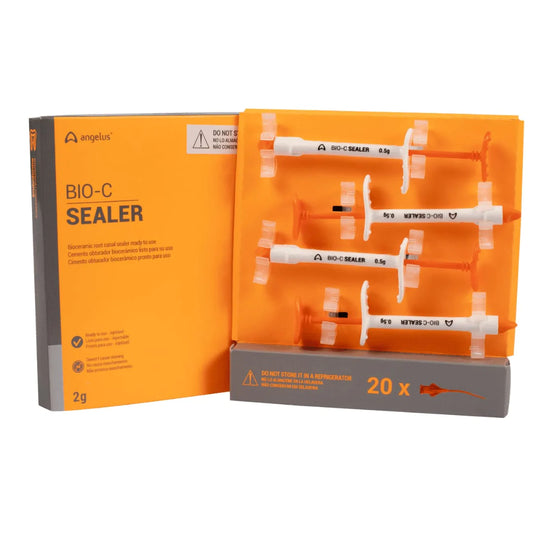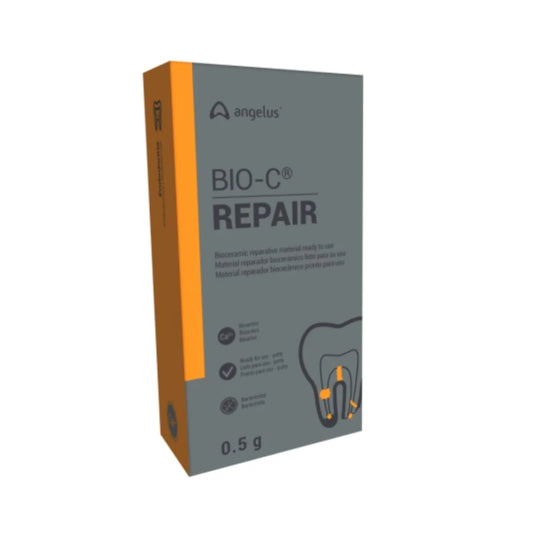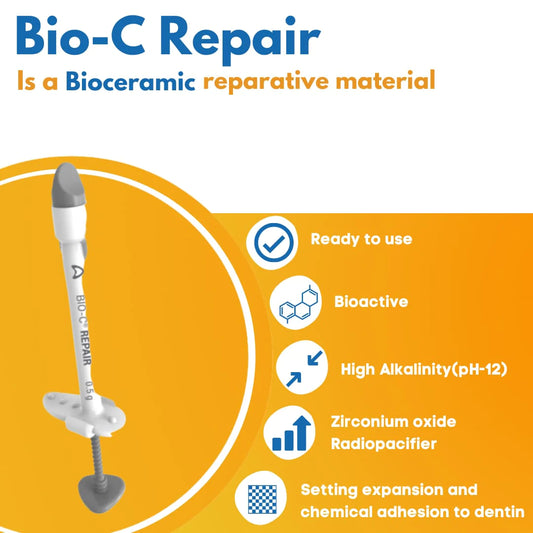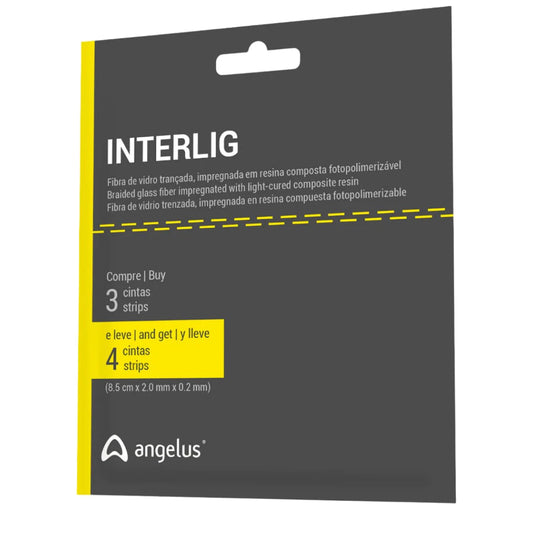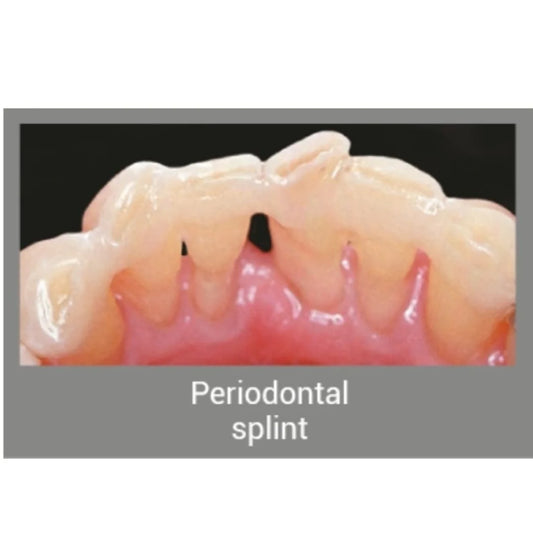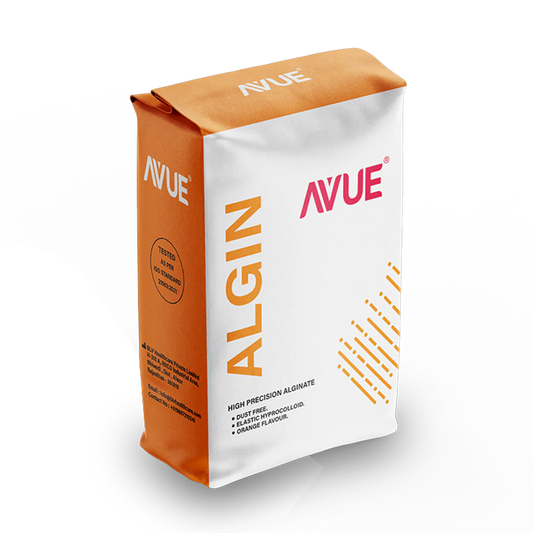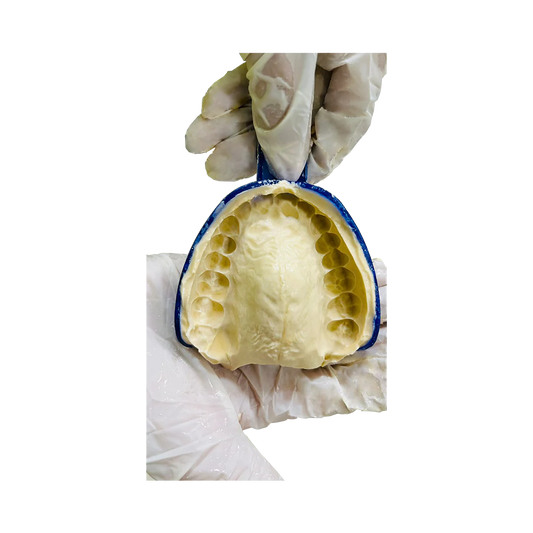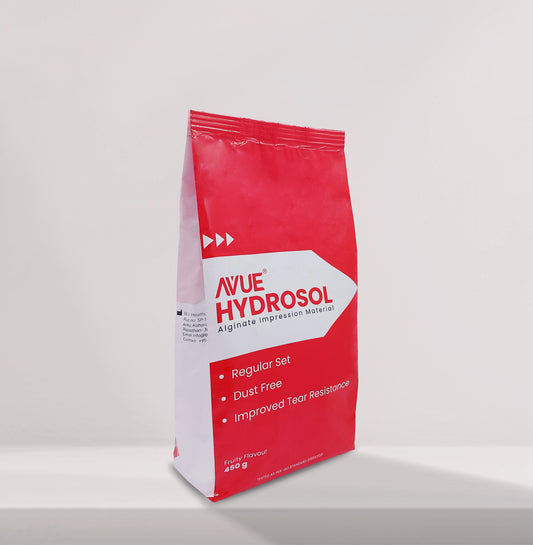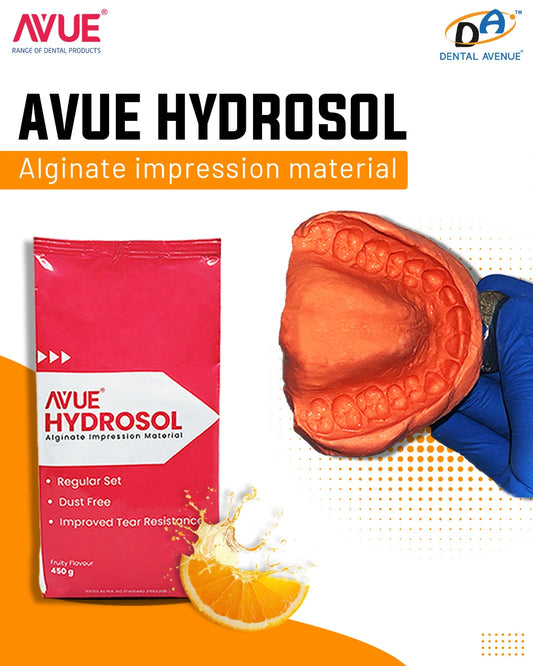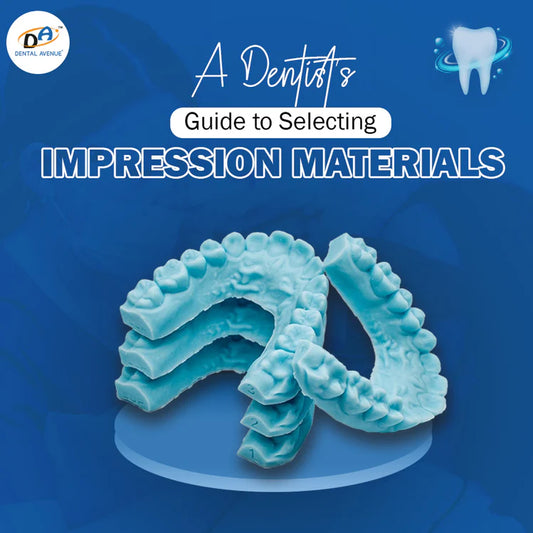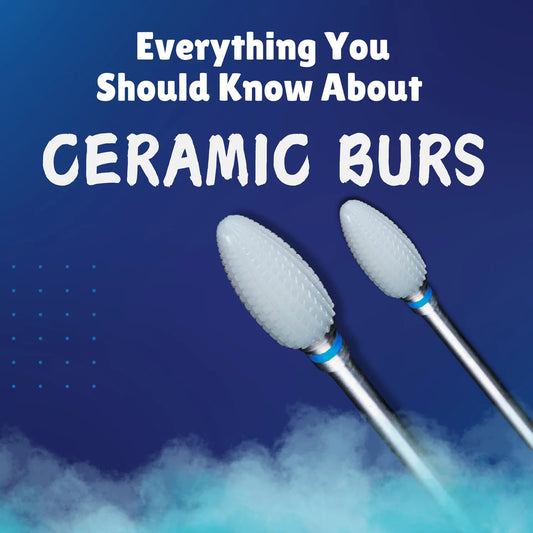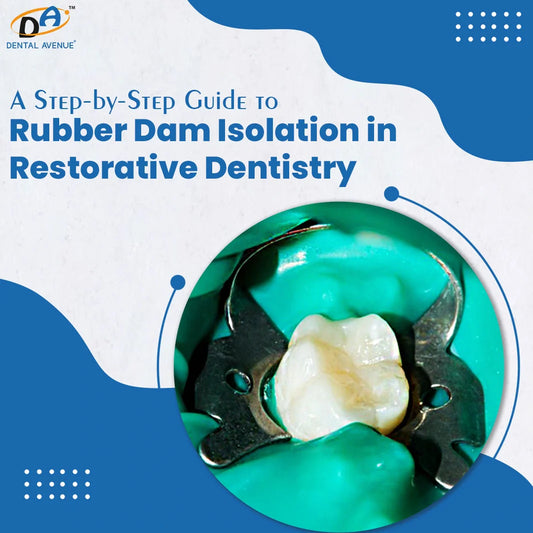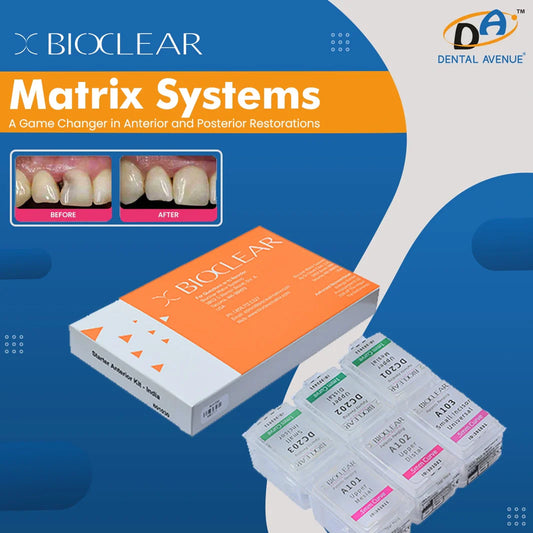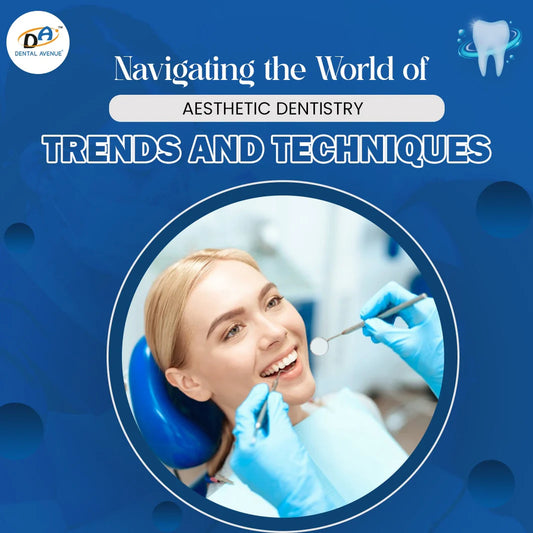The professional cleaning of the teeth (prophylaxis) is not only a superficial renovation.
It includes careful cleaning of the teeth with plaque, tartar, and biofilm found in inaccessible places, which effectively treats gingivitis and periodontitis and improves the overall well-being of teeth.
In this blog, we’ll explore teeth cleaning before and after from the dental professional’s lens, essential definitions, instruments, dental products and critical aftercare.
Things You Must Know Before Going for Teeth Cleaning
Scaling and Root Planing are professional cleaning procedures often described as a “deep cleaning” below the gum line to treat gum disease.
In practice,
Scaling is the process of removing plaque and hardened tartar (calculus) from both supragingival and subgingival tooth surfaces. In contrast, Root Planing is the process by which residual embedded calculus and portions of cementum are removed from the roots to produce a hard and clean surface.
Bleaching (or tooth whitening) (using hydrogen peroxide agents, etc.)
Dental plaque is a soft, sticky deposit that forms a biofilm on the teeth. If not removed through regular brushing, it hardens into calculus (tartar) — a substance that can only be removed by a dental professional.
Gingivitis is characterized by the inflammation of the gums (bluish-red, reddened, bleeding easily) due to accumulated plaque.
Untreated gingivitis may progress to Periodontitis, causing the destruction of the tooth-supporting apparatus, which might result in the loss of supporting bone and tooth mobility.
American Dental Association. Scaling and root planing. MouthHealthy. Published 2025. Accessed July 1, 2025.
Institute for Quality and Efficiency in Health Care (Germany). Gingivitis and periodontitis. In: InformedHealth.org [Internet]. NCBI Bookshelf. Updated February 27, 2020. Accessed July 1, 2025.
Typical Instruments Used in Teeth Cleaning/Polishing
A variety of dental equipment and tools are used for thorough cleaning.
Hand instruments
Dentists use Scalers and curettes, to scrape deposits off by hand (e.g., Universal curettes and Gracey curettes).
Ultrasonic scalers
These are powered devices (magnetostrictive or piezoelectric) with vibrating tips that break up calculus with ultrasonic energy and water spray.
Both remove the subgingival plaque, and research shows they are equally effective at that task.
Polishing Tools
Rubber cups and prophy paste polish enamel remove the microscopic roughness to which plaque will adhere. For certain precision tasks, dental diamond burs are also used to achieve fine results.
Notably, air polishers can rapidly clear biofilm with minimal tissue damage.
Other instruments include:
-
Periodontal probes to measure pocket depths
-
Dental mirrors for visualization.
Pro Tip: A Bleaching kit for teeth with proper guidance improves the results and reduces sensitivity.
Before Teeth Cleaning
Before teeth cleaning, patients often show clear warning signs:
-
The gums can be red, swollen, or even bleeding (particularly upon brushing or probing).
-
Due to calcification or deposition of the plaque and calculi, the teeth may feel rough or coated.
-
Bacterial toxins cause bad breath (halitosis) or a bad taste in the mouth.
Other Clinical Signs & Symptoms
-
Gingival bleeding on probing
-
Swelling
-
Halitosis
-
Localized sensitivity.
-
Look for calculus bands near the gingival margin.
-
Mobility in advanced cases
-
Receding gums
Objective Parameters
-
Plaque Index (PI): Quantifies plaque coverage (0–3 scale).
-
Gingival Index (GI): Rates inflammation and bleeding tendency.
-
Periodontal Pocket Depth (PPD): Distances from the gingival margin to the pocket base, measured in mm.
-
Clinical Attachment Level (CAL): Measures the distance between the Cemento-enamel junction to the base of the pocket
Documenting these figures (e.g., PI=2.3, PPD averaging 4–5 mm) sets the stage for tracking improvements and anticipating challenges like recession or mobility.
After Teeth Cleaning
Immediate Changes
-
As soon as debridement wraps up, patients notice smoother tooth surfaces, and plaque has nowhere to cling.
-
Bleeding subsides quickly, usually within 48–72 hours.
-
Sensitivity may spike temporarily, especially in recession areas.
Parameter Shifts
-
The Plaque Index plummets toward zero immediately post-prophy.
-
Gingival Index drops by an average of 1.2 points within two weeks
-
Pocket Depth reduction of 0.5–1.0 mm at six-week recall is typical, thanks to the shrinkage of inflamed tissues and new connective attachment.
If patients ask, “Why do my front teeth look a bit spaced out?” Remember that a gingival swelling mask can hide natural embrasures; once the inflammation resolves, the smile reverts to its accurate anatomy. This visible transformation is the essence of teeth polishing before and after.
Dental Health Society. What Happens to Your Teeth After a Deep Cleaning? Oral Health. Published January 31, 2022. Accessed July 1, 2025.
Recommended Read: Understand about the teeth bleaching procedure & aftercare.
Teeth Cleaning Aftercare Tips
A cleaning’s success hinges on daily habits and professional follow-ups. Here’s your go-to advice:
-
Mild tooth sensitivity to hot and cold is common. Use toothpastes for sensitivity like Thermoseal or Senquel AD toothpaste
-
Hot foods, spicy foods, crunchy foods, and also tobacco and alcohol should be avoided because they may slow recovery.
-
Resume brushing the same day using a soft-bristled brush, but very gently around the treated sites; flossing typically may be resumed 1 day later when tenderness has first resolved.
-
Several times a day, a warm saltwater rinse (approximately 1/2 teaspoon salt in a glass of water) may ease the inflammation and help keep things clean.
-
Any remaining soreness can be addressed with over-the-counter pain medication (ibuprofen or acetaminophen).
-
In case an antimicrobial mouthwash like Chlorhexidine or antibiotic is prescribed, it can be used according to the instructions to fend off the infection.
-
Arrange to re-assess in 4-6 weeks and record the pocket depths to check that the gums are healing. Re-evaluation provides a check for treatment success and patient’s level of cooperation.
Myth vs Fact (of Teeth Cleaning/Polishing)
Let’s debunk a few persistent myths:
Myth #1
Deep cleaning weakens enamel.
Fact
Scaling targets calculus, not sound enamel; root planing only touches cementum, which regenerates with proper care.
Myth #2
I’ll have permanent gaps after periodontal therapy.
Fact
Apparent spaces reflect the resolution of swelling, not bone loss. Actual interdental loss only occurs in uncontrolled periodontitis.
Myth #3
Deep cleaning is agonising and causes long-term pain.
Fact
Deep cleaning is usually carried out under local anaesthesia; therefore, patients are not in much discomfort during the process. Subsequently, there is only slight sensitivity experienced, after which it normally subsides within one to two days.
Myth #4
I brush well at home, so I don’t need professional cleaning.
Fact
Home care is crucial, but it can’t reach below the gums. Only a dentist or hygienist has the tools to remove subgingival calculus. Skipping cleanings leaves plaque to calcify and eventually damage them.
Rationale
Why go through all this work?
In a word: prevention.
Professional cleaning removes the bacterial deposits that promote gum disease and prevents patients from losing their natural teeth and health.
Notably, clinical value is backed by trials: scaling and root planing consistently reduce pocket depths and promote attachment (average 0.60-1.2 mm). The effect is that cleaning is not solely cosmetic; it literally stops the progression of gingival disease.
On the other hand, not attending to cleanings is also hazardous: untreated tartar results in increasingly deeper pockets of gums and the destruction of bone. The guidelines of dental practice include early intervention. Untreated plaque results in the development of deeper pockets, loss of bones, and subsequent loss of teeth.
Is Teeth Cleaning Really Worth It?
Yes, YES (in caps). When you see your teeth cleaning before and after, it truly makes a difference.
What starts as plaque and tartar buildup ends with smooth, bright enamel and healthier gums. This transformation is both visible and measurable: reduced pocket depths, less bleeding, less sensitivity, No halitosis underscore the success.
Thorough cleaning is far more than a cosmetic touch-up; it’s critical for disease prevention. By dispelling myths (gaps, pain, damage) with facts, we can reassure patients and encourage regular maintenance.
Frequently Asked Questions (FAQs)
- Scaling to remove plaque and tartar
- Teeth polishing
- Oral Hygiene Instructions given to the patient

